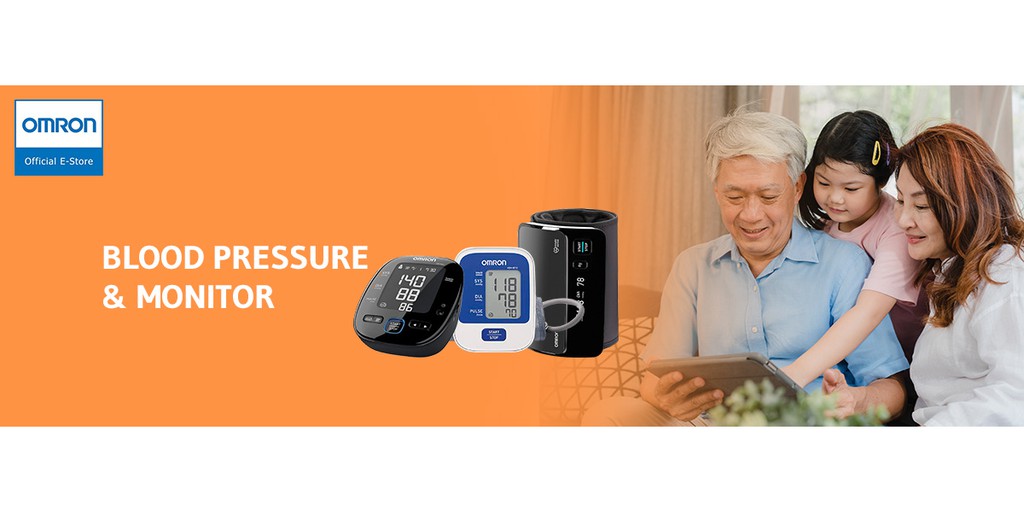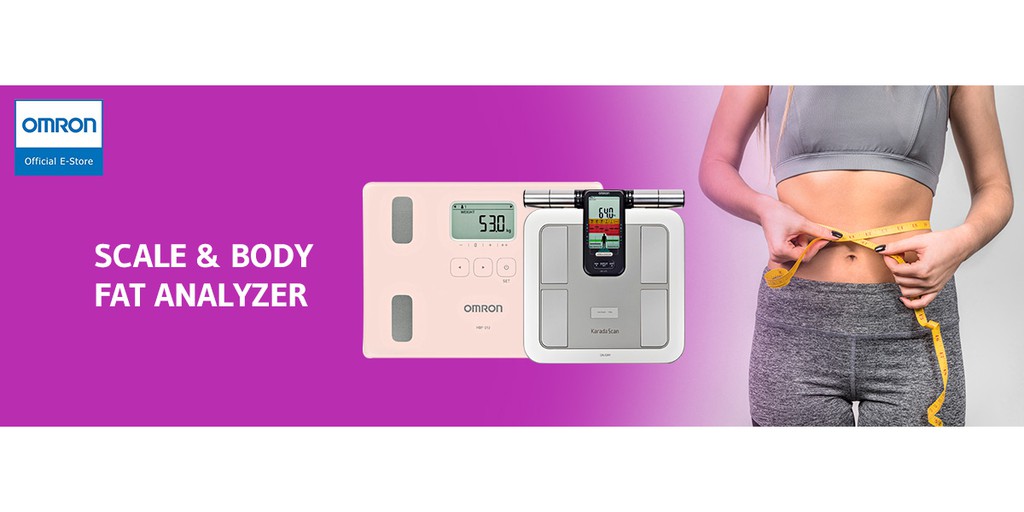Electrocardiogram (ECG) medical test
Learn about electrocardiogram (ECG) medical tests, including what the tests are used for, why a doctor may order a test, how a test will feel, and what the results may mean.
What is ECG?
An electrocardiogram (ECG) is a medical test that is used to identify cardiac (heart) abnormalities by measuring the electrical activity that are initiated by the heart as it contracts. The electrocardiograph produces the electrical activity of the heart muscle and shows this data as a trace on a screen or on paper. This data is then explained by a medical practitioner.
What the ECG test used for?
The results of your ECG will determine what treatment you need, if any. Some of the different heart problems that can be detected by ECG include:
- enlargement of the heart
- congenital heart defects involving the conducting (electrical) system
- abnormal rhythm (arrhythmia) – rapid, slow or irregular heart beats
- damage to the heart such as when one of the heart’s arteries is blocked (coronary occlusion)
- poor blood supply to the heart
- abnormal position of the heart
- heart inflammation – pericarditis or myocarditis
- cardiac arrest during emergency room or intensive care monitoring
- disturbances of the heart’s conducting system
- imbalances in the blood chemicals (electrolytes) that control heart activity
- previous heart attacks
A person with heart disease may have a normal ECG result if the condition does not cause a disturbance in the electrical activity of the heart. Other diagnostic procedure may be suggested if heart disease is suspected. Talk to your doctor about the right treatment for your heart condition.
How is the procedure performed?
There is no restriction of food or drink before having an ECG test. Always inform your doctor if you have taken any medications before you have an ECG, and also if you have any allergies to adhesive tapes that may be used to attach electrodes. When you go for an ECG test, you will need to remove your upper clothing so that electrodes can be attached to your chest and limbs, wearing a separate top with trousers or a skirt can allow easy access to the chest. The selected sites are shaved if necessary because hair prevents the electrodes from making proper contact with the skin. Electrodes (sensors) are attached to the chest, arms and legs or sticky gel. These electrodes detect the electrical currents generated by the heart, these are measured and recorded by the electrocardiograph.
In resting ECG, you will lie down for this type of ECG. No movement is allowed during the test, as electrical impulses generated by other muscles may interfere with those generated by your heart. This type of ECG usually takes 5 to 10 minutes. After the procedure is ended, the electrodes will be detach. An ECG is completely painless and non-invasive, as the skin is not penetrated. The doctor can explain the results of your ECG immediately based on your medical history, symptoms and clinical examination.
What will be the results interprets?
An ECG (electrocardiogram) records the electrical activity of your heart at rest. It provides data about your heart rate and rhythm, and shows if there is enlargement of the heart due to high blood pressure (hypertension) or proof of a previous heart attack (myocardial infarction). However, it does not reveal whether you have asymptomatic blockages in your heart arteries or predict your risk of a future heart attack. The resting ECG is different from a stress or exercise ECG or cardiac imaging test. You may need an ECG test if you have risk factors for heart disease such as high blood pressure, or symptoms such as palpitations or chest pain. Or you may need it if you already have heart disease.


